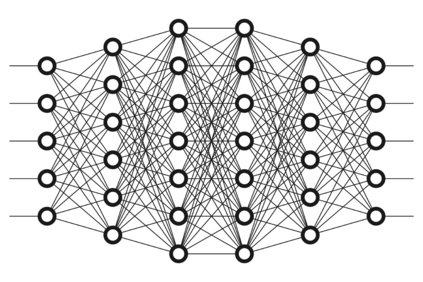The 5G network connecting billions of IoT devices will make it possible to harvest an enormous amount of real-time mobile data. Furthermore, the 5G virtualization architecture will enable cloud computing at the (network) edge. The availability of both rich data and computation power at the edge has motivated Internet companies to deploy artificial intelligence (AI) there, creating the hot area of edge-AI. Edge learning, the theme of this project, concerns training edge-AI models, which endow on IoT devices intelligence for responding to real-time events. However, the transmission of high-dimensional data from many edge devices to servers can result in excessive communication latency, creating a bottleneck for edge learning. Traditional wireless techniques deigned for only radio access are ineffective in tackling the challenge. Attempts to overcome the communication bottleneck has led to the development of a new class of techniques for intelligent radio resource management (RRM), called data-importance aware RRM. Their designs feature the interplay of active machine learning and wireless communication. Specifically, the metrics that measure data importance in active learning (e.g., classification uncertainty and data diversity) are applied to RRM for efficient acquisition of distributed data in wireless networks to train AI models at servers. This article aims at providing an introduction to the emerging area of importance-aware RRM. To this end, we will introduce the design principles, survey recent advancements in the area, discuss some design examples, and suggest some promising research opportunities.
翻译:连接数十亿个IOT设备的5G网络连接了数十亿个IOT设备的5G网络将有可能收获大量实时移动数据。此外,5G虚拟化结构将使得云层在(网络)边缘进行计算。在边缘提供丰富的数据和计算能力,促使互联网公司在边缘部署人工智能(AI),创造了边缘-AI的热区。该项目的主题“边缘学习”涉及培训边际-AI模型,这些模型在对实时事件作出反应时,对IOT设备的情报进行强化。然而,从许多边缘设备向服务器传送高维数据,可能导致过度的通信耐久性,为边际学习制造瓶颈。传统的无线技术在应对挑战方面是无效的。克服通信瓶颈的努力导致开发了智能无线电资源管理的新型技术(RRM),称为“数据进口了解RRMM”。它们的设计特征是积极的机器学习和无线通信的相互作用。具体地说,测量数据在积极学习中重要性的尺度(例如分类不确定性和数据多样性)可能会导致过度的通信耐用率,因此传统的无线技术技术在RMM设计的最近设计区域中将引入一个高效的模型。














